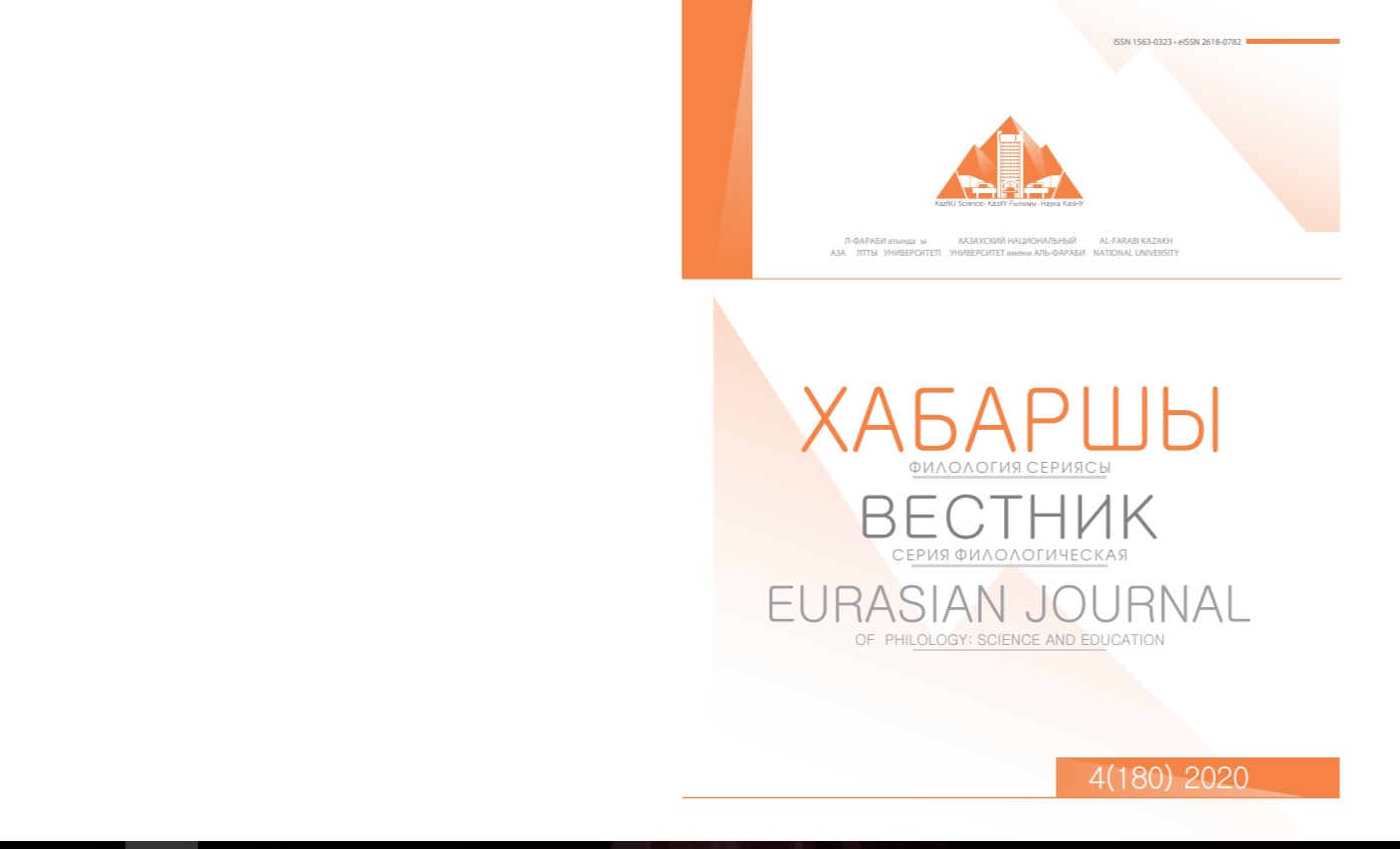The emergence and formation of affixes of belonging in the Turkic languages
DOI:
https://doi.org/10.26577/EJPh.2020.v180.i4.ph12Abstract
The endings of the membership form have three different grammatical meanings: 1) the meanings of the nominative case, 2) the dependent meaning, 3) the external meaning. These three different grammatical meanings did not immediately appear in this language category. It is known that they gradually gained a foothold. In this article, on a scientific basis, answers the questions of how each of them was formed. New searches, discoveries made recently, made it possible to draw new conclusions. The grammatical category denoting who is the property of this or that object, thing, is called the category of belonging. Its special forms, which add the meaning of belonging to a word, are called endings of the membership form. In Turkology, there is a wide variety of views on how the endings of the form of belonging were born and developed, what changes have undergone, what is the history of formation in general. It is known that scientists have researched a lot and considered this topic from different angles. They, in turn, got acquainted with the assumptions of various scientists and made their own conclusions. Often, opinions of each other contradict each other. There are neither those who correspond to reality, nor those who have departed from reality. The author of the article analyzes all these opinions, offers his fresh thoughts, fresh conclusions. Since each discovery is revealed on the basis of specific facts, it is logically convincing.






